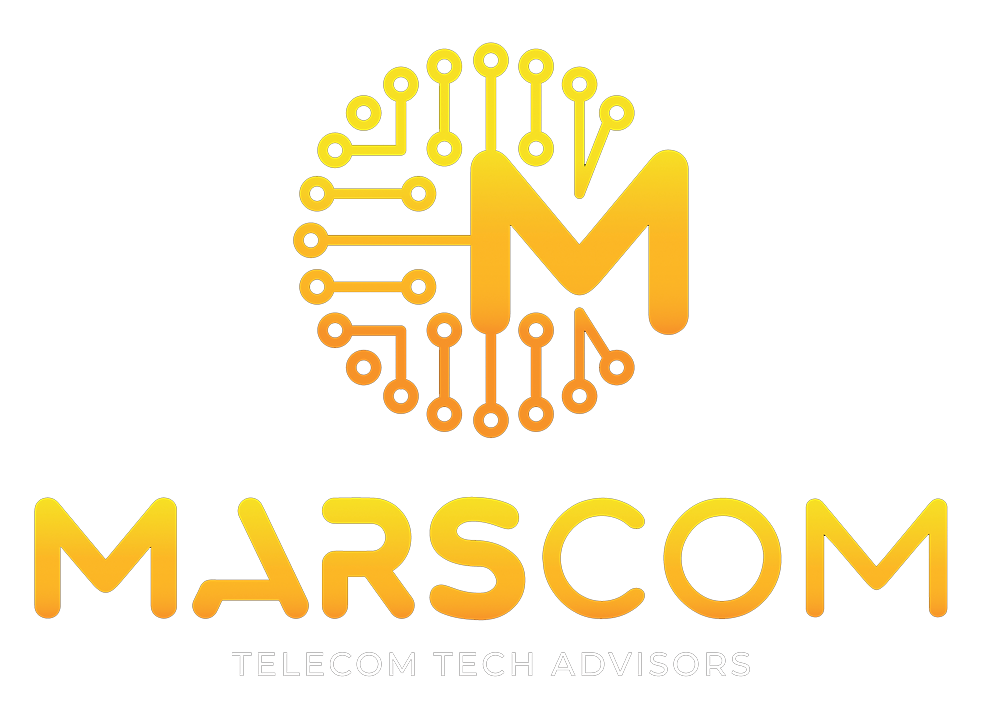Implementing VOIP for Small Businesses: The Complete Guide
Revolutionize Your Communication: A Step-by-Step Guide to VOIP Implementation for Small Businesses

Voice Over Internet Protocol, commonly referred to as VOIP, represents a significant advancement in communication technology, allowing voice conversations to be conducted via the Internet rather than through conventional telephone lines. This method involves the conversion of voice signals into digital data, which can then be transmitted over the Internet. Since its inception, VOIP technology has evolved considerably, gaining popularity among businesses due to its efficiency and cost-effectiveness. The advantages of VOIP include substantial cost savings, flexibility, and scalability, making it especially beneficial for small businesses. Many companies have transitioned to VOIP not only to reduce costs but also to streamline their communication infrastructure. As more businesses embrace remote work and digital changes, VOIP continues to play a crucial role in modern business operations.
Understanding VOIP Basics
To implement a VOIP system, certain components are necessary, both in terms of hardware and software. Essential hardware includes IP phones, routers, and network switches. Software components typically involve VOIP applications and management tools. A reliable internet connection with adequate bandwidth is essential to ensure smooth operation. The setup process involves several steps, ranging from installing the hardware to configuring the software to suit the business's specific needs. Training employees to use the new system effectively is also crucial, as this can significantly boost productivity. Businesses might encounter challenges such as technical glitches or compatibility issues during setup, but these can be overcome with the right support and resources. Investing in quality customer support and ongoing system maintenance can help businesses maximize the benefits of VOIP. Proper planning and consultation with experts can further simplify the implementation process and minimize disruptions.
Selecting a VOIP Provider
Choosing the right VOIP provider is a critical decision for any business. Factors to consider include cost, available features, and the quality of customer support. Reliability and uptime guarantees are vital, as any downtime can disrupt business operations. Evaluating a provider's reputation through customer reviews and ratings can provide valuable insights. When selecting a provider, businesses should inquire about service levels, support availability, and any hidden costs. This careful selection process ensures that businesses partner with a provider that aligns with their communication needs and goals. Businesses should assess the provider’s scalability options to ensure the system can grow with their needs. Considering contract flexibility and trial periods can also help businesses make a more informed decision before committing to a long-term agreement.
Comparing VOIP and Traditional Phone Systems
When comparing VOIP systems to traditional phone systems, one must consider both initial setup costs and ongoing expenses. VOIP systems may have higher initial costs due to the need for specialized equipment and installation. They often offer lower ongoing costs. This is because VOIP typically has lower maintenance fees, competitive call rates, and additional features that are more affordable than their traditional counterparts. Small businesses can particularly benefit from these savings, especially when it comes to long-distance and international calls. Several businesses in Utah have reported significant cost reductions after switching to VOIP, highlighting the technology's financial advantages. VOIP enables businesses to integrate communication features such as video conferencing and call analytics, improving overall efficiency. The ability to scale the system easily based on business growth makes VOIP a forward-thinking investment compared to traditional phone systems.
Ensuring VOIP Security
Security is a crucial consideration for any business using VOIP. Common risks include eavesdropping, data breaches, and phishing attacks. To mitigate these risks, businesses should implement best practices such as using encryption, setting secure passwords, and regularly updating software. Selecting a provider with robust security protocols is also essential. There have been instances where businesses faced security incidents due to inadequate VOIP security measures, underscoring the need for vigilance. Cybersecurity measures play a key role in protecting business communications and maintaining client trust. Implementing multi-factor authentication and monitoring call logs for suspicious activity can further enhance security. Businesses should also conduct regular security audits to identify and address vulnerabilities before they become major threats.
Real-World Examples of VOIP Success
Several small businesses in Utah have successfully implemented VOIP systems, showcasing the technology's potential. These businesses have faced challenges such as initial resistance to change or technical issues but have managed to overcome them with effective planning and support. The outcomes have been overwhelmingly positive, with businesses reporting improved communication efficiency and significant cost reductions. For example, a local IT manager in Provo stated that VOIP "transformed our communication landscape, making it easier and more cost-effective to connect with clients globally." In another case, a small marketing agency in Salt Lake City reported a 30% reduction in communication expenses after transitioning to VOIP. The ability to integrate VOIP with customer relationship management (CRM) software has also been a game-changer for many businesses, improving client interactions and operational efficiency.
Future Trends in VOIP Technology
Looking ahead, VOIP technology continues to evolve, with emerging trends such as AI integration and mobile VOIP solutions. These advancements promise to further enhance efficiency and innovation for small businesses. AI can automate routine tasks and improve customer interactions, while mobile VOIP solutions offer greater flexibility for remote work. Over the next five to ten years, VOIP is expected to continue evolving, potentially reshaping the telecom industry in Utah and beyond. These trends indicate a promising future for VOIP, particularly for small businesses looking to innovate and stay competitive. The rise of 5G technology will further enhance VOIP’s capabilities, reducing latency and improving call quality. Businesses can expect more seamless integrations with collaboration tools, making VOIP a more comprehensive communication solution.
Implementing VOIP: A Strategic Move
The strategic benefits of VOIP for small businesses are clear. By implementing this technology, businesses can achieve cost savings, enhanced communication, and greater flexibility. As the telecom industry continues to advance, VOIP stands out as a viable solution for modern communication needs, offering small businesses a competitive edge in a fast-paced market. Beyond cost savings, VOIP enables businesses to scale effortlessly and adapt to changing work environments, such as hybrid or fully remote setups. With the right strategy and provider, small businesses can harness VOIP to drive productivity and long-term growth.
VOIP technology has transformed the way businesses communicate, offering a modern alternative to traditional phone systems. Its cost-effectiveness, scalability, and flexibility make it an ideal choice for small businesses looking to improve their communication infrastructure. By carefully selecting a provider, ensuring robust security measures, and staying informed about emerging trends, businesses can fully leverage the benefits of VOIP. As technology continues to evolve, its role in shaping the future of business communication becomes increasingly significant.
Upgrade your business communication with a reliable and cost-effective VOIP system. Contact Mars Communications today to find the right VOIP solution for your business needs!












